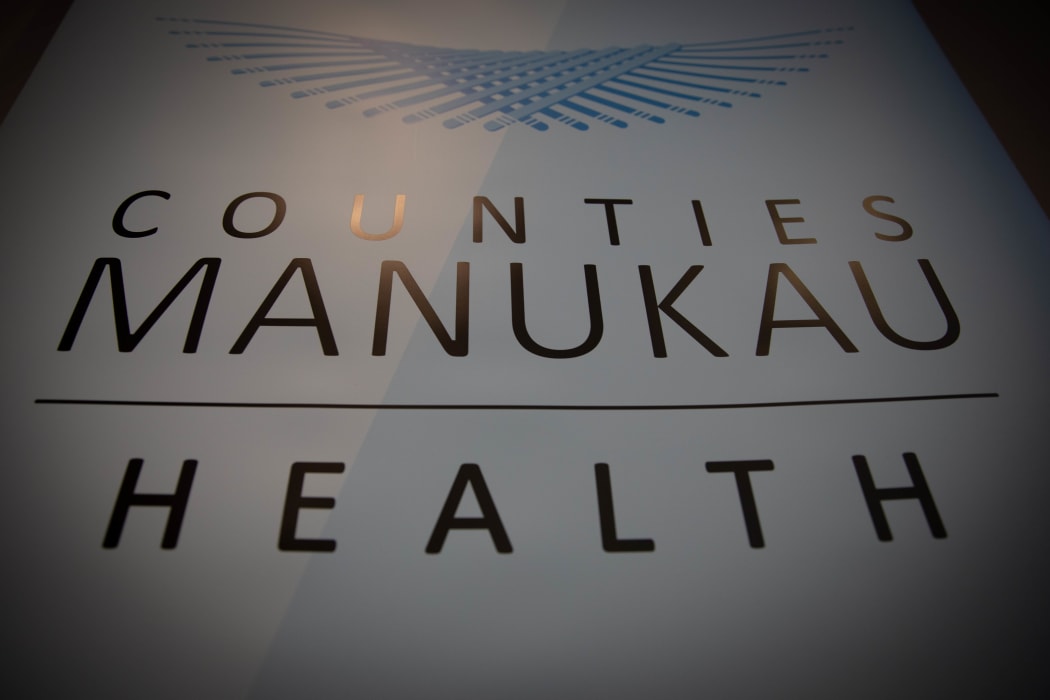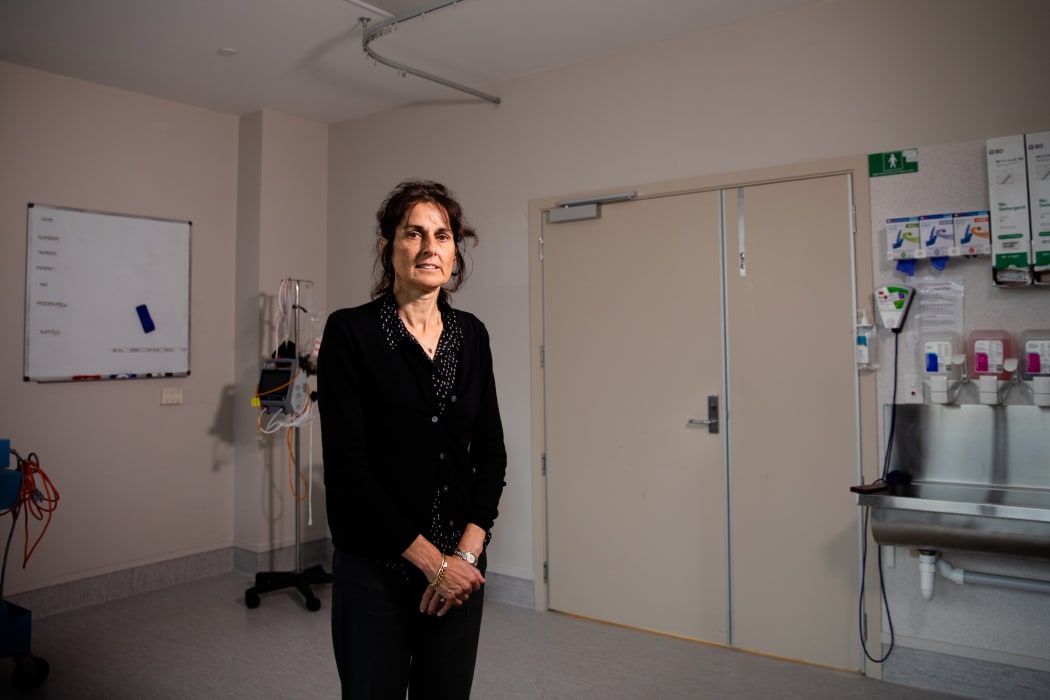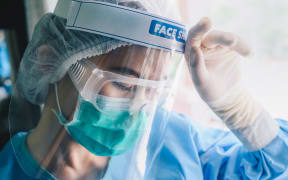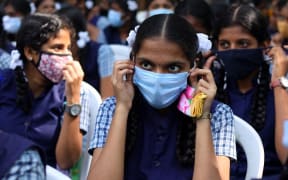Auckland's hospitals are urgently planning how to cope with double the number of Covid-19 patients dealt with in the Delta outbreak.

Counties Manukau DHB population health director Gary Jackson says the emergency department is likely to be very busy when Omicron spreads in the community. Photo: RNZ / Patrice Allen
Modelling for when Omicron hits suggests a peak of 190 Covid-19 patients in hospital on any given day, based on a prediction of about 1800 community cases a day in the city.
Advanced planning was underway to help the hospitals cope, with one of the biggest worries being making sure there was enough staff as workers inevitably caught Covid-19 themselves.
That could include measures like surgeons stepping in to be physicians on the wards when less urgent surgeries were postponed.
Counties Manukau DHB population health director Dr Gary Jackson carried out the modelling.
At the peak of an Omicron outbreak, he predicted 175 to 190 people with Covid-19 in hospital on any given day, up from an already stretched system peak of 93 at the height of the Delta outbreak.
"It was likely that there would be cancelled surgeries and other disruptions so resources could be redirected to care for the patients," he said.
Not all of the Covid-19 patients in the hospitals would be there to be treated for the virus itself though.
It was expected about a third would be there for other reasons, like to give birth or to fix a broken leg, Jackson said.
"So it's not extra beds that you're trying to find, it's just making sure that you can care for them in the setting they're in, like the delivery suite or the orthopedic ward and so on," he said.
The emergency department (ED) was likely to be very busy, even if some of those people ended up being cared for the the community, Jackson said.
One possibility to protect vulnerable patients, like the elderly or the immuno-compromised, who were also in ED was to treat them in isolation rooms, he said.
The more people that got a vaccination booster before Omicron arrived, the better, because it would keep more people out of hospital, particularly intensive care, he said.
The modelling predicted a peak of 20 cases in intensive care (ICU) on any given day.
There were about 30 dedicated ICU beds across Auckland and other patients would still need some of them - but there was surge capacity if needed.
Middlemore Hospital acute critical services clinical director Vanessa Thornton said they were trying to keep services running as normal as possible but there would be disruptions, particularly as there were already staff shortages.

Middlemore Hospital acute critical services clinical director Vanessa Thornton says they expect the system will come under pressure when Omicron spreads in the community. Photo: RNZ / Dan Cook
"While hospitalisation rates overseas are lower than during the Delta outbreak, we do expect that our hospital system will be under pressure due to the large number of people likely to be infected with the Omicron variant," she said.
Omicron was very difficult to model, Jackson said.
If the variant was discovered in the community on 1 February, hypothetically, daily cases in the Auckand region would reach 1500 to 1800 cases a day by March and April before dropping to 150 to 330 a day from May to September, he said.
Though it was possible case numbers would be higher in reality, he was optimistic people would follow public health measures and the case numbers would stay within his predicted range.
Emergency medicine specialist Dr John Bonning told Morning Report there was a degree of nervousness among emergency department staff, who were already under enormous pressure.
"There's a degree of nervousness and we're perhaps not so happy about the information that's been shared and the preparations for, in particular, looking after people in the community."
Bonning said there had not been much communication from the ministry about dealing with Omicron.
"We're not just sitting there waiting for instructions, we know what's coming, we know what will need to be done but there's significant nervousness in emergency departments.
"It has to be said that EDs will bear the brunt of acute Omicron as it hits hospitals."
He said it isn't about ICU capacity but about emergency capacity. "And at the moment we're under enormous duress with the business as usual that's coming into EDs."
He was most nervous about rural and regional workforce if staff members had to have time off.
Yesterday, Prime Minister Jacinda Ardern said the country would go to the red setting, the strictest level of the Covid-19 Protection Framework, within a maximum of 48 hours of discovering Omicron in the community.
That meant a limit on gathering numbers and greater restrictions for people who were not vaccinated.
She said an Omicron outbreak would likely look more like the one in South Australia rather than the huge outbreaks in Sydney and Melbourne.
RNZ has asked the Ministry of Health for hospitalisation prediction figures for the rest of the country.







